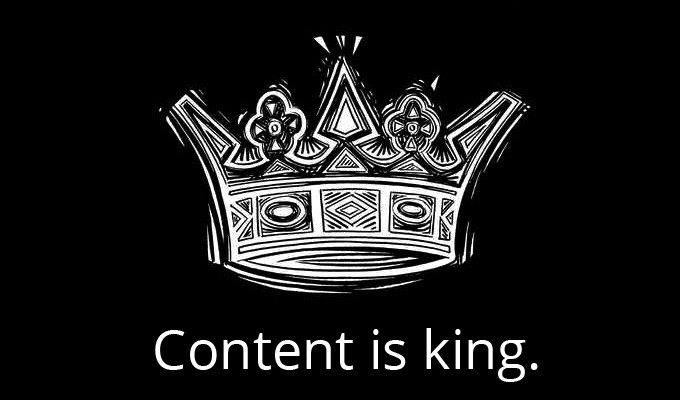The writer brings up some very interesting points in regards to the amount of content that is being pushed through social networks and the internet every day. We are bombarded with constant content and messaging, whether we are searching for it or it just decided to pop up while you’re viewing a website, like those annoying commercials that just automatically start playing and you can’t turn them off, clearly at that point user experience isn’t even taken into consideration. We agree with the writer in saying that as time progresses, marketers and content writers will have a harder time getting their stories or brands message out into their target markets. We really enjoyed reading this article and we hope you all take the time to read it as well. Original Article is from Contently.com –
At SXSW Interactive last weekend, Subway rented out a square block outside the Austin convention center and turned it into a festival field of free food to celebrate their new “Eatovations;” inside, they were showing off a mind-control video game. Sounds like a modest marketing win at worst, right?
Not so much. Even on Monday — the first warm, sunny day of the weekend — the Eatovations field was mostly abandoned. The mind-control video game was generating surprisingly little press. It seemed there was just too much else going on at South By. Too many startups. Too many brands. At any given moment, Subway was just one of hundreds showing off a cool technology, just one of hundreds giving away free food and drinks.
And within the marketing crowd at the conference, there was a palpable fear that the same competitive saturation would make content marketing as difficult as SXSW marketing.
This theory is called “Content Shock,” and it was the subject of a panel I was on down in Austin. It goes something like this: As more and more people get into the content game and create better and better content, it’s going to be increasingly difficult and expensive to earn people’s attention. That’s because you’re going to have to tell awesome stories to stand out, and telling great stories on a consistent basis takes time, money and effort. And since there are only so many people out there and only so much time that they can pay attention to media, some brands are going to fail.
This is true. Publishing is really hard, and the competition is heating up. Digital media upstarts like Vox, BuzzFeed, and Business Insider are raising money that would have been unthinkable a few years ago. Simultaneously, brands — seeing diminishing returns for TV commercials, print ads and display — are scrambling to become publishers. Everyone creating content is competing against everyone else creating content. It’s a free-for-all, with alliances and power positions changing faster than a game of Risk.
A lot of brands would prefer to sit this game out; after all, winning over an audience means getting a lot of things right. You need to find the right niche, like American Express did with small business and OPEN Forum, and like Red Bull did with extreme sports. You need a site that’s incredibly pleasant to read. You need great writers and designers working for you, and you need to pay them competitive rates. You need to be reevaluating and optimizing your publishing efforts every single day. You need to organize yourself in a way that enables you to work swiftly and intelligently.
Brands are approaching their marketing moment of truth as they contemplate this challenge. Those that are proactive and build an audience for their content — such as Amex, Chipotle, Red Bull, Samsung, GE and Net-a-Porter — will be in an incredibly advantageous position. Their publishing efforts will give them a direct connection with consumers at scale, while their late-to-the-game competitors will struggle to compete, and find it more difficult and expensive to catch up each year.The stragglers will experience Content Shock alright, but on the flip side, those ahead in the brand publishing arms race will experience Content Euphoria.
The good news? There is absolutely nothing stopping a brand from becoming a great publisher and experiencing Content Euphoria for the next decade.
It takes money, yes, but brands have the budgets to fund successful publications; doing so only costs a fraction of a TV campaign. There are hundreds of talented journalists out there ready and willing to helm a brand publication, as long as it’s authentic and ambitious. Salary and creative control are powerful recruiting tools. And if you doubt the ability of great editorial minds to win audience share when given the proper resources, just look at the successful, upstart publications we see popping up every few months.
It’s getting more difficult to get ahead in the content race every day, though, and as a result, whether a brand finds themselves in the Content Shock group or the Content Euphoria elite will be heavily determined by what they do in 2014. Will they race ahead and build the publishing empire that will sustain and drive their marketing for the next 25 years? Or will they lag behind, doomed to play with a stark handicap for the foreseeable future?
Brands can afford to ignore SXSW, but they can’t ignore this reality. SXSW lasts nine days, but the content race is forever. And it’s just heating up.
What’s the deal with the Content Strategist? It’s something we created at Contently because we believe in a world where marketing is helpful, and businesses grow by telling stories that people love. Take advantage of our tools and talent and come build that world with us.




